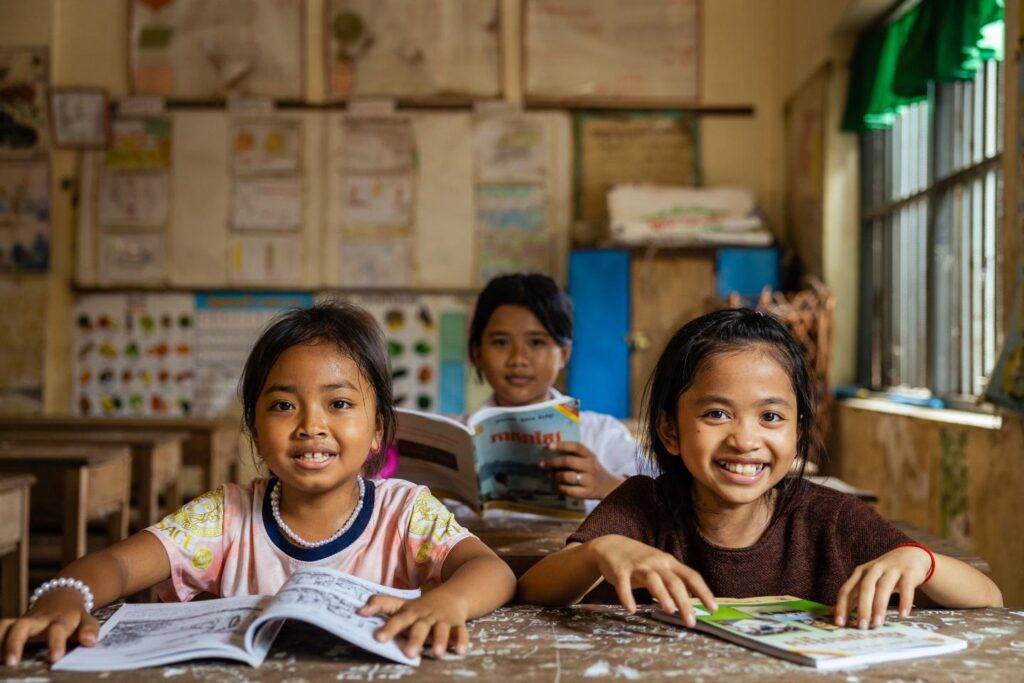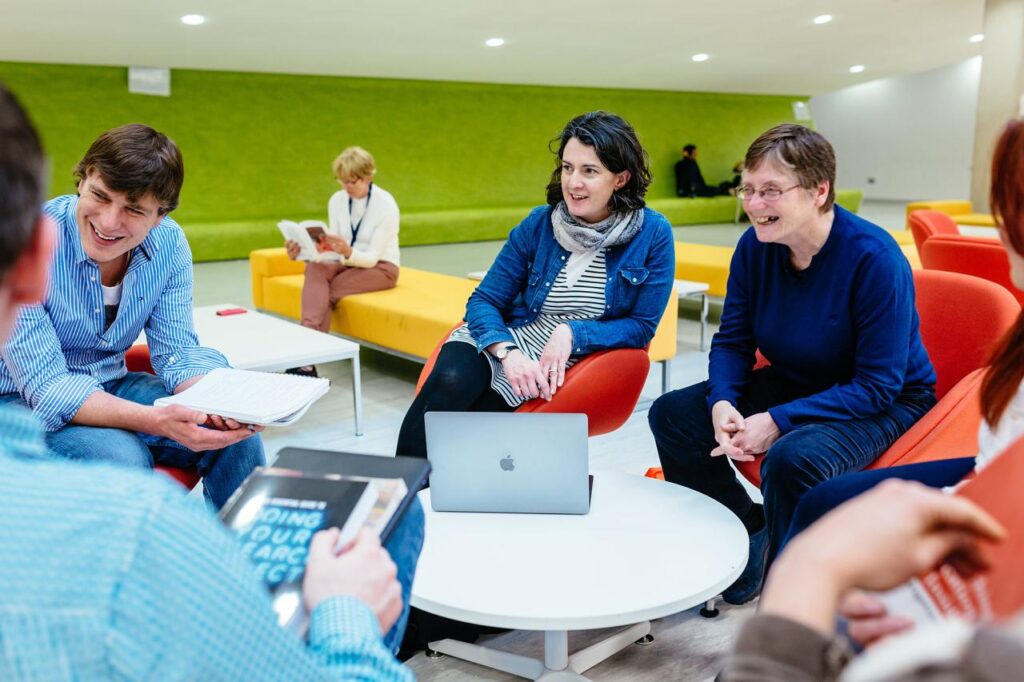Navigating Educational Systems: Comparative Perspectives on Access and Equity
Education is a fundamental right that plays a pivotal role in shaping individuals and societies. However, access to quality education remains a significant challenge in many parts of the world. This article explores the complexities of navigating educational systems from a comparative perspective, with a specific focus on access and equity.
Educational Systems Around the World
Educational systems vary greatly across countries and regions. Each system has its own structure, curriculum, and approach to teaching and learning. By examining these diverse systems, we can gain valuable insights into the strategies employed to ensure access and promote equity in education. From the comprehensive systems of developed nations to the resource-constrained setups in developing countries, every system offers unique opportunities and challenges.
Factors Influencing Access to Education

Several factors influence access to education. Socioeconomic status often determines the quality of education individuals can access. In disadvantaged communities, limited resources and financial constraints hinder educational opportunities. Geographical location also plays a crucial role, as rural areas often face infrastructure and transportation challenges. Gender disparities persist in some regions, where cultural norms and societal expectations restrict girls’ access to education.
Government Policies and Initiatives
Governments play a vital role in ensuring access and equity in education. Inclusive policies that prioritize marginalized groups and reduce barriers to education are crucial. By investing in infrastructure, teacher training, and scholarships, governments can create an enabling environment for all learners. Successful initiatives, such as free education programs or affirmative action policies, have shown positive outcomes in increasing access and narrowing educational disparities.
Education and Socioeconomic Development
Education is not only a pathway to individual growth but also a catalyst for socioeconomic development. Accessible and equitable education systems contribute to economic growth by producing a skilled workforce. Education empowers individuals, enabling them to break the cycle of poverty and achieve social mobility. Moreover, inclusive education fosters equality, social cohesion, and stability within communities.
Challenges and Inequalities
Despite progress in expanding access to education, challenges and inequalities persist. Within countries, disparities in educational opportunities exist, particularly among underserved communities. Marginalized groups, such as ethnic minorities, refugees, or children with disabilities, face additional barriers to accessing quality education. Poverty, discrimination, and lack of resources further exacerbate these inequalities, hindering the realization of inclusive and equitable education systems.
Strategies for Enhancing Access and Equity
To address the access and equity gaps in education, various strategies can be implemented. Promoting inclusive classrooms that celebrate diversity and accommodate different learning needs is essential. Governments and organizations must address socioeconomic barriers by providing financial aid and scholarships to disadvantaged students. Empowering marginalized groups through targeted interventions and support programs is crucial for breaking down barriers. Technology can also play a transformative role in enhancing access through remote learning opportunities.
Case Studies: Contrasting Perspectives
To illustrate the diverse approaches to education, let’s compare the educational systems of Country A and Country B. Country A prioritizes universal access and invests heavily in educational infrastructure and teacher training. As a result, they have achieved high enrollment rates and improved learning outcomes. On the other hand, Country B faces significant challenges due to limited resources and infrastructure. Despite these obstacles, they have implemented innovative solutions, such as community-based education programs, to ensure access and equity.
Conclusion
Access and equity in education are crucial for the development of individuals and societies. By addressing barriers and implementing inclusive policies, we can create educational systems that empower learners from all backgrounds. It is our collective responsibility to ensure that every individual has the opportunity to acquire knowledge, skills, and opportunities for personal and societal growth.


